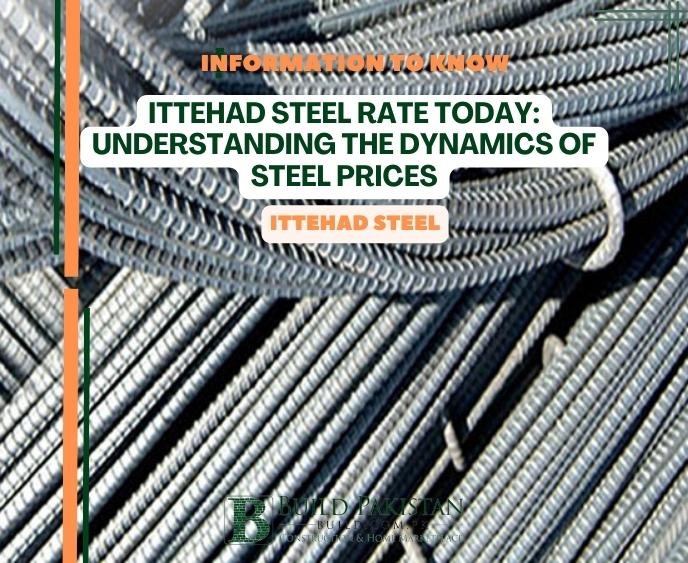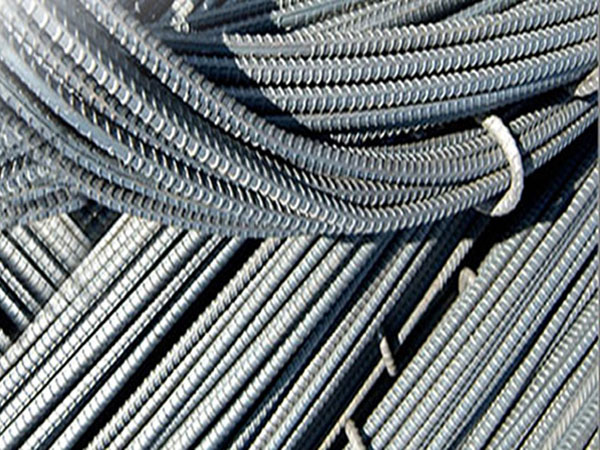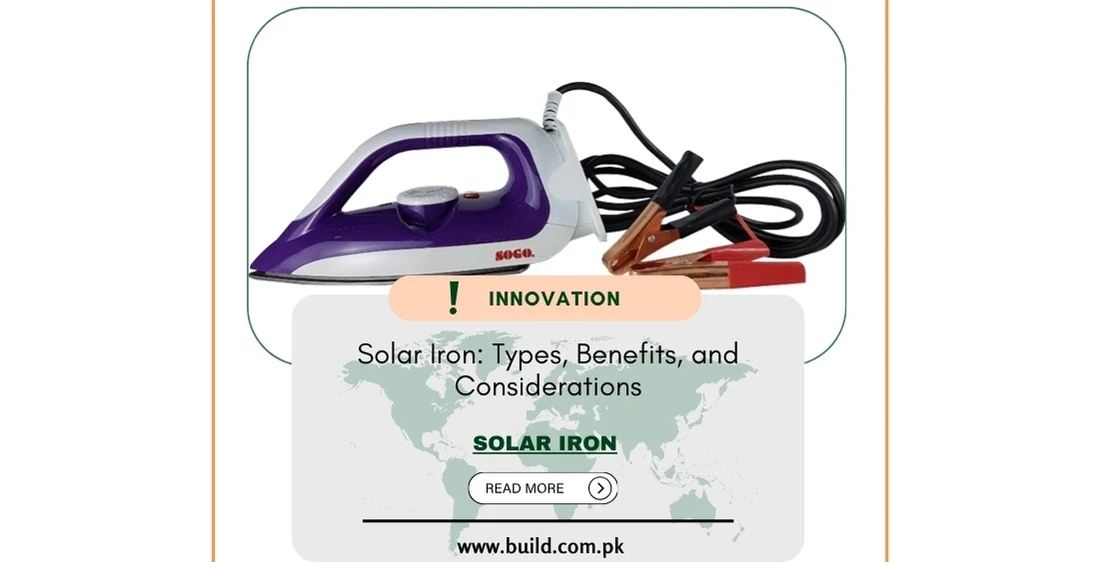Ittehad Steel Rate Today: Understanding the Dynamics of Steel Prices

Introduction:
Steel is a crucial building material used in
various industries, including construction, manufacturing, and infrastructure
development. The price of steel plays a significant role in these sectors,
impacting project budgets production costs, and overall economic growth. In
this blog, we will delve into the dynamics of Ittehad Steel rates, one of the
leading steel manufacturers in Pakistan, providing insights into the factors
influencing steel prices, market trends, and the implications for various
stakeholders.
Understanding Ittehad Steel:
Ittehad Steel is a renowned
steel manufacturer in Pakistan, known for its high-quality products and
commitment to customer satisfaction. The company produces a wide range of steel
products, including bars, rods, coils, and sheets, catering to diverse industrial
requirements. Ittehad Steel has a strong market presence and is recognized for
its reliability, durability, and adherence to international standards.

Factors Influencing Steel Prices
Several factors contribute
to the fluctuation in steel prices, including:
Raw Material Costs:
The cost of iron ore, coal, and other raw
materials used in steel production has a direct impact on steel prices. Changes
in global demand and supply, geopolitical factors, and transportation costs
influence the availability and pricing of raw materials.
Energy Prices:
The energy-intensive nature of steel
production makes energy costs a significant driver of steel prices.
Fluctuations in oil and gas prices, as well as electricity tariffs, impact the
overall manufacturing expenses, ultimately influencing steel rates.
Market Demand and Supply:
The balance between supply and
demand is a critical determinant of steel prices. Economic growth,
infrastructure development projects, and construction activities drive the
demand for steel. Any disruptions in supply, such as plant closures, trade
restrictions, or import/export policies, can affect prices.
Currency Exchange Rates:
Since steel is traded globally,
currency exchange rates can influence its pricing. Fluctuations in the exchange
rates between the Pakistani Rupee and major currencies, such as the US Dollar,
impact the cost of imported raw materials and finished steel products.
Government Policies and Regulations:
Government policies
related to taxation trade agreements, import duties, and subsidies can have a
significant impact on steel prices. Changes in regulations or protective
measures can affect the competitiveness and pricing dynamics of the steel
industry.

Market Trends and Analysis
To stay informed about Ittehad
Steel rates today and understand the market trends, stakeholders should
consider:
Market Reports and Analysis:
Accessing reliable market
reports, industry publications, and financial analysi can provide valuable
insights into steel pricing trends, supply-demand dynamics, and future market
expectations.
Industry News and Updates:
Keeping up with the latest news
and updates regarding the steel industry, including announcements from Ittehad
Steel and other market players, can provide a comprehensive understanding of
the factors influencing steel prices.
Consultation with Experts:
Seeking advice from industry
experts, steel traders, or financial consultants with expertise in the steel
market can help stakeholders make informed decisions regarding steel purchases,
investment opportunities, and risk management strategies.

Implications for Stakeholders
The fluctuations in Ittehad
Steel rates today and the broader steel market have implications for various
stakeholders, including:
Construction Industry:
Changes in steel prices impact
construction costs, project budgets, and profitability. Builders, contractors,
and developers need to closely monitor steel rates to optimize project planning
and manage expenses.
Manufacturers:
Industries relying on steel as a raw material,
such as automotive, appliances, and machinery, should factor in steel price
volatility in their production planning, pricing strategies, and supply chain
management.
Investors:
Investors in the steel industry or those
considering steel-related investments should track steel market trends, company
performance, and macroeconomic indicators to make informed investment
decisions.
Consumers:
End consumers of steel products, such as
homebuyers, infrastructure users, and small-scale businesses, may be indirectly
affected by steel price changes. Understanding market trends can help them plan
their purchases and budget accordingly.
Conclusion:
Ittehad Steel rates today are influenced by
various factors, including raw material costs, energy prices, market demand and
supply, currency exchange rates, and government policies. Monitoring these
factors and staying informed about market trends is crucial for stakeholders in
the construction, manufacturing, and investment sectors. By understanding the
dynamics of steel prices and their implications, stakeholders can make informed
decisions, manage risks, and optimize their operations in the ever-evolving
steel market.









